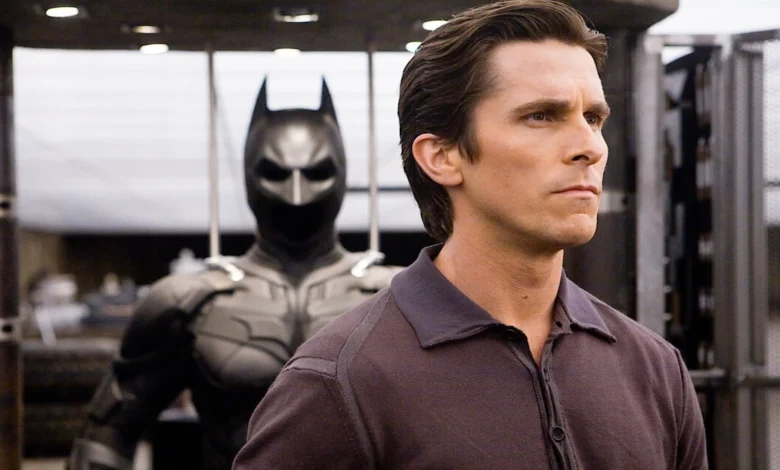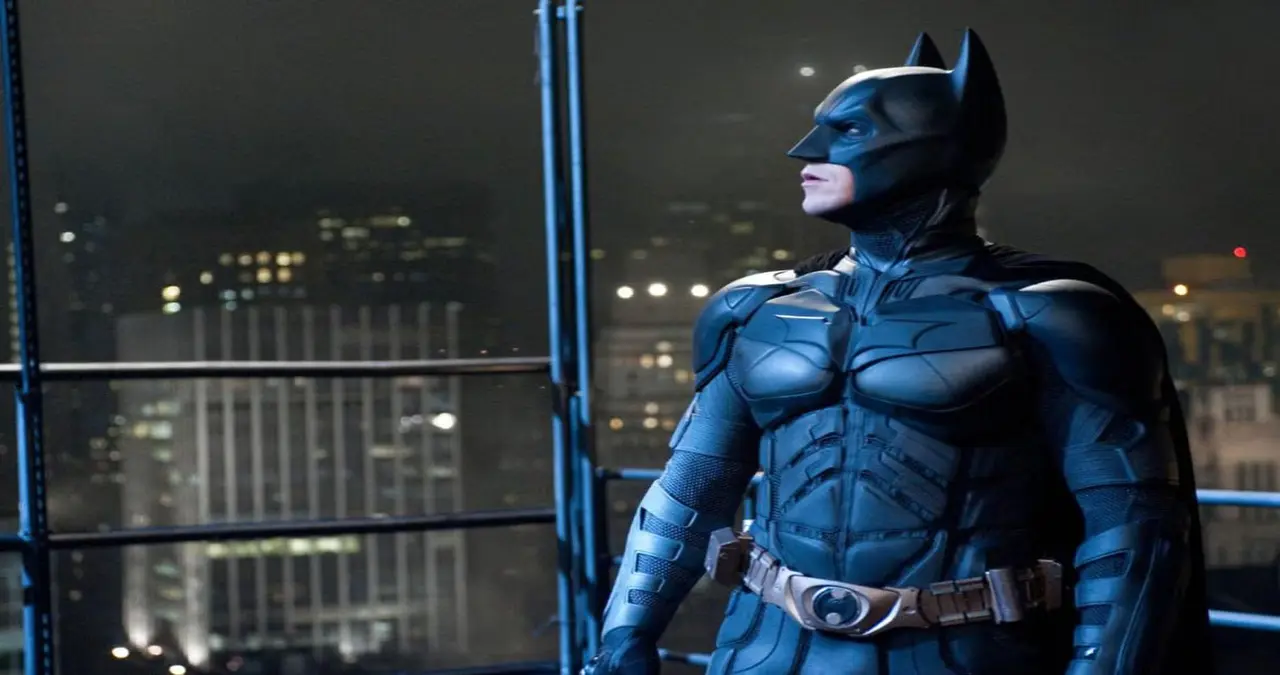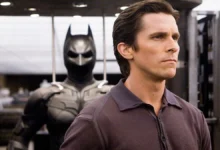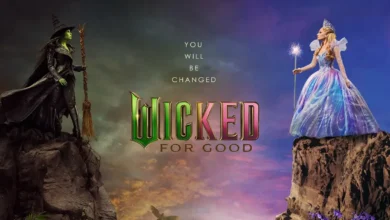Batman Nolan: The Dark Knight’s Cinematic Revolution

Batman Nolan Christopher Nolan’s take on the legendary superhero Batman completely changed the way we view comic book films. Often referred to as the Batman Nolan trilogy, this cinematic journey redefined Gotham’s brooding hero, giving the world something more than just capes and gadgets it gave us grounded, emotionally charged storytelling that resonated with audiences across the globe.
From Batman Begins to The Dark Knight Rises, the Nolan Batman vision was all about realism, layered characters, and cinematic brilliance. Nolan’s approach wasn’t just about making a superhero movie; it was about crafting a myth that felt believable, raw, and artistically profound.
The Birth of the Batman Nolan Vision
When Christopher Nolan stepped into the world of Gotham, he wasn’t interested in flashy suits or cartoon villains. He wanted something deeper. He sought to tell the story of Bruce Wayne as a man his fears, his trauma, his growth, and his need for justice. This shift in focus made the Batman Nolan version stand out instantly.
Nolan’s first entry, Batman Begins, laid the foundation for a more grounded superhero world. Instead of diving straight into high-octane action, Nolan built Bruce Wayne’s journey from scratch. We witnessed the death of his parents, his travels to find purpose, and his transformation into the Caped Crusader. This wasn’t just a superhero’s origin story it was a psychological exploration.
What made the Batman of Nolan so powerful was his commitment to emotional authenticity. Characters weren’t just vehicles for action sequences; they had motivations, regrets, and complex emotions. Even the villains felt human, adding depth to the narrative and setting the tone for what would become a legendary trilogy.
Gotham City in the Batman Nolan Universe
In many superhero films, the city is just a backdrop. But in the Batman Nolan universe, Gotham was practically a character in its own right. Dark, corrupt, decaying it represented the rot Bruce Wayne was fighting to cure. Nolan didn’t design Gotham to be a fantastical place filled with impossible architecture. Instead, he modeled it after real-world urban nightmares, blending cities like Chicago and New York to create something that felt familiar yet unsettling.
This version of Gotham wasn’t cartoonish or overly stylized. It was gritty and real. The corruption in city hall, the crime-ridden streets, the fear in the eyes of its citizens all of it gave audiences a deeper understanding of why Batman existed in the first place. Gotham needed him.
The city’s design mirrored Bruce’s internal battles. When Gotham fell into chaos, so did he. When hope sparked through its citizens, it mirrored his redemption arc. Nolan used Gotham not just as scenery, but as a reflection of every major character’s arc and decisions.
Bruce Wayne: A Deeper, Richer Batman
One of the most transformative elements of the Batman Nolan films was the depth given to Bruce Wayne. In previous adaptations, Batman often felt like a one-note vigilante. Nolan’s take was refreshingly complex. He wasn’t just Bruce by day and Batman by night. He was a man torn between personal pain and a higher calling.
This duality was explored thoroughly. We saw Bruce question his mission, struggle with the consequences of his actions, and even consider giving up the mantle. The Batman Nolan series didn’t shy away from portraying him as vulnerable. He made mistakes. He lost people. He doubted himself. And that made him more relatable than ever before.
Christian Bale’s performance under Nolan’s direction added even more nuance. His Batman was fierce, but his Bruce Wayne was broken, desperate, and at times, even naive. This layered portrayal elevated the character far beyond a masked hero, turning him into a symbol of perseverance and internal conflict.
The Joker: Chaos Perfected
You can’t talk about Batman Nolan without mentioning the Joker. Nolan’s version of the infamous villain, played masterfully by Heath Ledger, became the gold standard for comic book antagonists. But what made this Joker so unforgettable wasn’t just the performance it was how perfectly he fit into Nolan’s world.
Unlike previous iterations, this Joker wasn’t a gangster or a clown prince. He was a pure force of chaos. With no clear origin, no logical motives, and no desire for wealth, Ledger’s Joker was terrifying because he was unpredictable. He wasn’t just trying to kill Batman he was trying to destroy the very idea of order.
Nolan’s writing ensured the Joker wasn’t just a villain, but a mirror to Batman. While Bruce Wayne believed in control and structure, Joker thrived in anarchy. Their interactions weren’t about punching and kicking; they were philosophical battles. And in those moments, the true genius of Nolan’s Batman storytelling shone the brightest.
Themes That Elevated the Genre
What sets Batman Nolan apart from most superhero movies is the way it tackled big themes. Identity, fear, morality, chaos, hope these weren’t just buzzwords thrown around. They were integral to the story and characters.
Each film explored a different philosophical idea. Batman Begins dealt with fear and how it can be weaponized or overcome. The Dark Knight examined morality in a world where right and wrong are often blurred. The Dark Knight Rises delved into redemption and legacy. These weren’t just superhero films they were thought-provoking cinematic experiences.
The Batman Nolan trilogy proved that superhero movies could be smart, emotional, and thematically rich. They could spark debate, make audiences reflect, and leave a lasting impact long after the credits rolled.

Realism in the Batman Nolan Trilogy
Another standout aspect of the Batman Nolan films was their realism. From the gadgets to the fight choreography, everything was designed to be plausible. Batman didn’t have superpowers. His tools were grounded in science and technology. His battles were gritty, and his injuries had consequences.
Even the villains were realistic. Scarecrow used fear toxins grounded in psychology. Ra’s al Ghul ran a secret organization with a believable mission. Bane was physically overpowering, but also intellectually threatening. Every element was crafted to feel like it could exist in our world.
This realism brought a level of immersion that other superhero films often lacked. The Batman Nolan world wasn’t about fantasy it was about possibility. And that made it all the more powerful.
Supporting Characters That Mattered
Often in superhero films, supporting characters are just filler. But in the Batman Nolan trilogy, every side character had weight and purpose. Alfred wasn’t just a butler he was Bruce’s conscience. Lucius Fox wasn’t just a tech guy he was a moral compass. Commissioner Gordon wasn’t just a cop he was Gotham’s beating heart.
These characters added richness to the narrative. Their relationships with Bruce grounded him, challenged him, and helped shape his journey. Nolan gave each of them moments to shine, and in doing so, made Gotham feel like a real place full of real people.
Even newer characters like Miranda Tate and John Blake had story arcs that tied back to the core themes of trust, betrayal, and hope. The world Nolan built didn’t revolve around Batman it revolved around the people he was fighting to protect.
The Music That Defined a Hero
Hans Zimmer’s score for the Batman Nolan trilogy deserves its spotlight. The music didn’t just accompany the story it elevated it. Zimmer used sound to communicate Batman’s internal struggles, the rising tension in Gotham, and the emotional highs and lows of the narrative.
From the chilling crescendo in The Dark Knight to the hopeful finale in The Dark Knight Rises, the soundtrack became a character in its own right. It added weight to every scene, made action sequences feel operatic, and ensured that audiences were emotionally engaged from start to finish.
Zimmer’s minimalist approach especially with that iconic two-note Batman theme reinforced Nolan’s less-is-more philosophy. The music was haunting, inspiring, and unforgettable, just like the trilogy itself.
Legacy of the Batman Nolan Trilogy
The Batman Nolan trilogy didn’t just change Batman. It changed cinema. After its success, studios started taking comic book movies more seriously. Filmmakers realized that superhero stories could have depth, maturity, and critical acclaim.
This trilogy paved the way for future directors to explore complex narratives within the genre. Without Nolan’s work, we might not have seen character-driven films like Logan, Joker, or The Batman. It proved that audiences were ready for more than just explosions and one-liners.
More than that, the Batman Nolan films have stood the test of time. They’re still discussed, analyzed, and celebrated. They’ve become a benchmark not just for superhero movies, but for storytelling excellence.
Why Fans Still Revisit Batman: Nolan
Years after its conclusion, the Batman Nolan trilogy continues to draw in fans, both old and new. Why? Because it taps into something timeless. The story of a man struggling to make sense of a broken world, trying to inspire hope while wrestling with his demons it resonates.
Whether it’s the iconic performances, the deep philosophical questions, or the sheer cinematic brilliance, there’s something in the trilogy that keeps people coming back. It’s not just nostalgia it’s admiration for a work of art that respected its audience and elevated its source material.
The Batman Nolan legacy lives on not just in spin-offs or discussions, but in how it shaped the way we think about heroes. It showed that being a symbol isn’t about wearing a cape it’s about standing for something, even when it’s hard.







